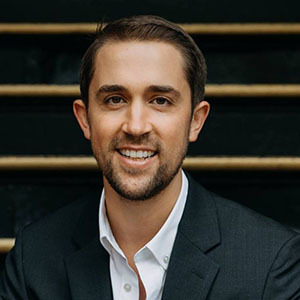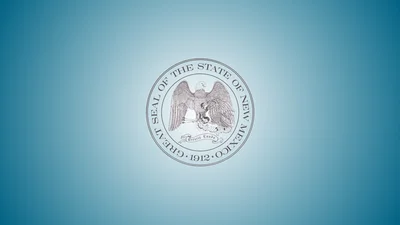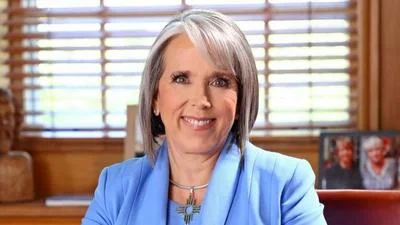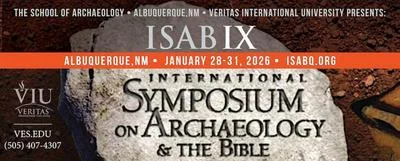Everyone seems to agree that Albuquerque has a homeless problem.
The disagreement seems to be about how to define it.

Christopher Rufo
| Facebook
"First, the word itself is misleading," Christopher Rufo, Senior Fellow at the Manhattan Institute, said in a PragerU video posted to YouTube on July 5. "Homelessness is not primarily a housing problem. It's a human problem. The primary drivers of homelessness are drug addiction and mental illness. According to data from UCLA's California Policy Lab, approximately three-quarters of people living in cars, tents, and on the streets suffer from serious mental illness, drug addiction, or both."
PragerU, or Prager University, a 501 nonprofit media company that regularly produces right-leaning videos on economics, sociology and politics, was co-founded in 2009 by Allen Estrin and Dennis Prager.
Homelessness in Albuquerque has spiked over the course of the still ongoing pandemic, according to News Port, an increase that exacerbated a problem then already on the rise.
This past April, Mayor Tim Keller proposed a "recovery budget" for the city that included a $4.7 million in funds to open an operations center at the Gateway Center homeless shelter and service center.
"The pandemic revealed our deep resilience more than ever," Keller said in April in his announcement for the proposed budget. "While other cities are celebrating just making it through, we are investing in a recovery that leaves no one behind. This recovery budget puts public safety first so we can continue to hire new APD officers and invest in crime fighting technology, invests in helping businesses re-open and attract new jobs, and makes the largest investment this city has ever made in solutions for the unhoused. We are poised to lead Albuquerque into a year of recovery."
The city is committed to resolving its homeless issue, Department of Family and Community Services Director Carol Pierce told The University of New Mexico's New Mexico News Port in April.
"We are prepared to do whatever it takes to keep homeless individuals safe, warm and healthy," she said in the News Port news story.
Both officials' comments came about two years after Albuquerque hit an all time for homelessness since the early 2010's and the homelessness rate was remained among the nation's highest, according to the News Port report that cited a U.S. Department of Housing and Urban Development report.
Unemployment certainly is one underlying cause and New Mexico has had its share of that. This past spring, unemployment insurance claims shot up 2,272% as almost 135,000 New Mexicans applied for benefits, according to the News Port. More than 900 homeless people and families received housing via a $1 million city-funded program that paid for upgrades to Westside Emergency Housing Center.
PragerU's video, which was not specific to homelessness in Albuquerque, caught the attention of the Rio Grande Foundation, an Albuquerque-based economic policy think tank affiliated with the U.S. nationwide State Policy Network. The foundation blogged last month about the explosion of homelessness in the city and early this month blogged briefly about the PragerU video and the homelessness the foundation has noted "especially near our downtown offices."
For the foundation, it's less to do with how to define homelessness in Albuquerque and more what to do about it.
"We have our thoughts on what to do about the problem and this short video not only reflects many of those thoughts, it adds data and experience to the mix to make a convincing case for what Albuquerque’s current or future mayor could do to address the issue," the foundation said in its July 15 blog. "One thing that MUST be part of any discussion of homelessness is property rights, not only for private owners, but also for the public’s use of taxpayer-owned properties"








